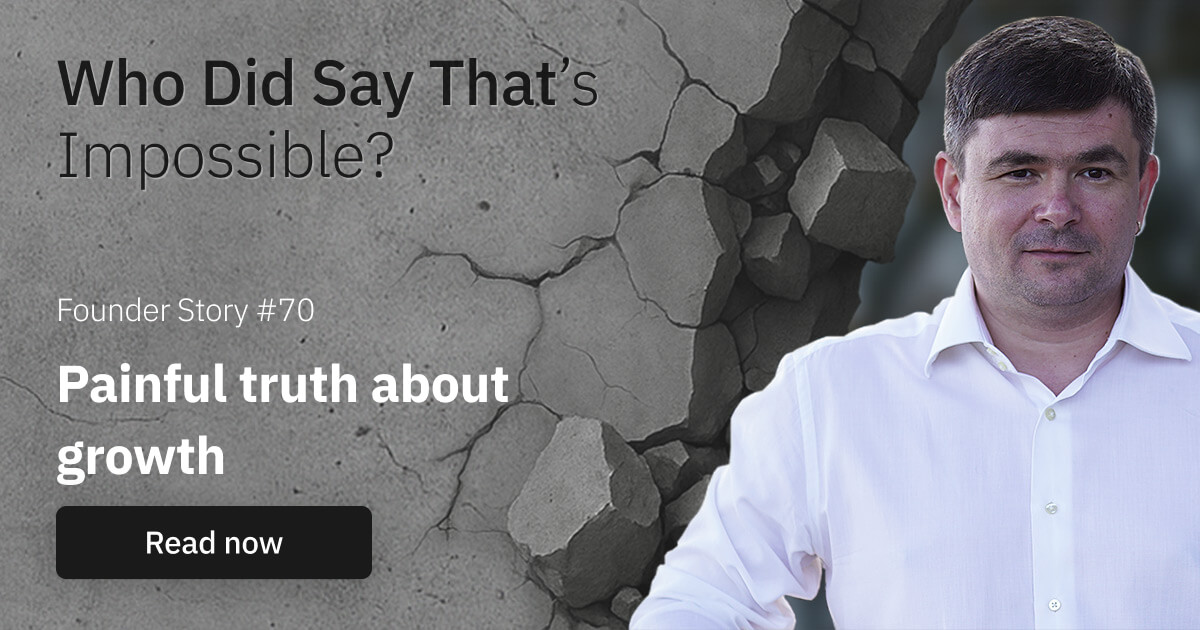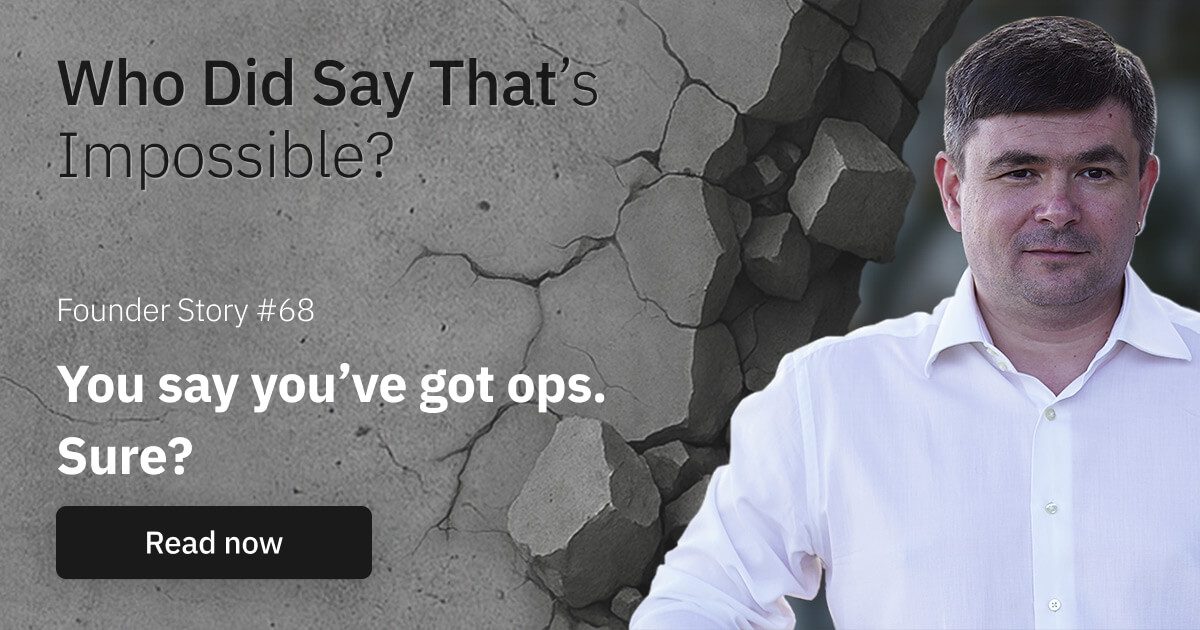The heartbeat of your business
Or minute of listening to what your company is really trying to tell you
Everything in life moves in rhythm. Imagine the Earth slowing down, just one hour added to the length of a day.
One small change, yet everything breaks. Ecosystems collapse. Plants wither. Entire species fail to adapt.
All because the rhythm, that invisible pulse of nature, went out of sync.
Our universe breathes in cycles.
The tides rise and fall.
Seasons turn.
Your heart beats to an internal metronome.
But here’s what most founders miss: your business has a heartbeat too.
And just like the body, when that rhythm falters, chaos begins.
The founder as the unseen conductor
A founder is not only a creator of value. They are a designer of tempo.
The frequency of feedback loops.
The cadence of adaptation to change.
The pace at which decisions are made.
The intervals between meetings, planning, learning, and rest.
These are not administrative details — they are the vital signs of your business.
When the rhythm is erratic, everything feels harder:
projects stall, people wait for answers, clients churn, and confusion becomes the norm.
The dangerous comfort of constant access
I recently spoke with a founder who proudly told me he runs daily team kick-offs.
“We’re all aligned,” he said. “One team. One heartbeat.”
He wasn’t wrong. But he was missing the shadow side: learned helplessness.
When the founder is always there, always available to approve, decide, or fix, the team stops learning to lead themselves.
The rhythm becomes artificial, dependent on the founder’s presence. That system works only as long as the founder keeps pedaling.
The moment they step back, everything stops.
A business built that way doesn’t breathe, it’s on life support.
Structure sets the form. Rhythm gives it life.
In my own agency, rhythm was not left to chance. We codified it — inside roles, SOPs, and departmental rituals. Managers owned their cycles. Their weekly and monthly cadences aligned like gears: from client delivery to finance reviews, marketing stand-ups, and innovation sprints.
It was predictable, measurable, and alive.
And though we lacked the sophisticated automation tools available today, it worked because everyone knew when, how, and why things happened. Now, AI agents and workflow tools can reinforce rhythm — monitoring task completion, triggering reviews, nudging when something slips.
But technology is not the rhythm itself.
It’s just a metronome.
The rhythm must start from human intention — from the founder defining what tempo the business needs to thrive.
The founder’s real responsibility
Founders often think their job is to keep things moving. In truth, their job is to design how movement happens without them.
Rhythm is how you build resilience.
It’s what keeps momentum steady when chaos knocks on the door.
Because without it, your business may look busy — but it’s not alive.
It’s twitching.
- Eugene
Join the “most offbeat” Businessletter on entrepreneurship.

Hi, I’m Eugene.
Over the past 20+ years, I’ve grown an international agency from one-person freelance to a multimillion-dollar business. I’ve led teams, scaled systems, burned out, rebuilt, and learned (the hard way) what it really takes to run a business that doesn’t consume your life.
I help them make sense of complexity, design simple systems, and create the kind of business they actually want to run.
More Stories
Founder Stories

The painful truth about growing a business
Or minute of realizing that “more people” isn’t the answer

Why optimization never ends (and why that’s good)
Or minute of making peace with the unfinished


